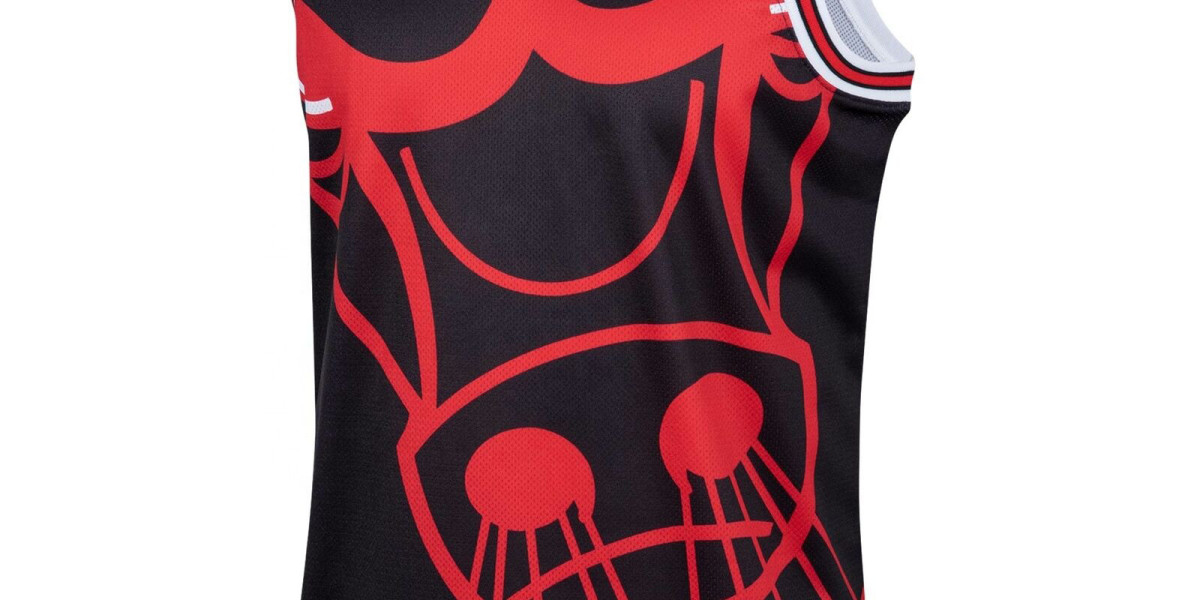Volleyball is a dynamic, fast-paced sport that requires agility, speed, and coordination. One crucial element that complements these attributes is the volleyball uniform. Over the years, volleyball uniforms have evolved not only to enhance performance but also to reflect team spirit, branding, and comfort. In this guide, we’ll explore the key aspects of Volleyball Uniforms including design, materials, regulations, and trends.
Components of a Volleyball Uniform
A volleyball uniform generally consists of the following main components:
- Jersey (Top)
- Shorts or Spandex
- Shoes
- Knee Pads
- Socks
Each of these pieces plays a specific role in ensuring players’ comfort, performance, and safety during the game.
- Volleyball Jersey (Top)
The jersey is the most identifiable part of the volleyball uniform, usually featuring the team’s colors, logos, and numbers. There are several important factors to consider when it comes to volleyball jerseys:
- Fit: Volleyball jerseys typically fit snugly to the body, allowing for a wide range of movement without excess fabric getting in the way. However, the jersey should not be so tight that it restricts movement.
- Sleeves: Jerseys can either be sleeveless or have short sleeves. Sleeveless jerseys allow more airflow and reduce restriction around the arms and shoulders, which is beneficial for spiking, serving, and blocking.
- Material: Volleyball jerseys are made from breathable, moisture-wicking fabrics like polyester or spandex. These materials help to keep players cool and dry by allowing sweat to evaporate quickly.
- Design: The design of the jersey often reflects the team's colors, mascot, or branding. Numbers on the front and back are essential for player identification and typically follow league regulations.
- Volleyball Shorts or Spandex
Volleyball players typically wear either shorts or spandex, depending on personal preference or team requirements.
- Spandex: Popular among female volleyball players, spandex shorts offer flexibility and freedom of movement. They are form-fitting, which prevents them from riding up or becoming uncomfortable during intense play.
- Traditional Shorts: Some players prefer more traditional athletic shorts, which are looser-fitting than spandex but still offer a high level of comfort and mobility.
- Materials: Both shorts and spandex are usually made of stretchy, moisture-wicking materials to allow full range of motion and to keep the athlete cool and dry.
- Volleyball Shoes
Volleyball shoes are specifically designed to provide the support and grip necessary for the quick lateral movements, jumps, and pivots that the sport requires. Key features include:
- Cushioning: Volleyball involves a lot of jumping, so good shoes must offer excellent cushioning to absorb impact, protecting the knees and ankles.
- Grip: Volleyball shoes have gum rubber soles that provide exceptional traction on indoor courts, helping players avoid slipping during quick directional changes.
- Lightweight: The shoes are lightweight to facilitate fast movements and agility, with a low-profile design for stability.
- Knee Pads
Knee pads are a critical component of a volleyball uniform, especially for defensive players. They provide protection when diving or sliding on the court, reducing the risk of injury.
- Padding: Volleyball knee pads are designed with thick padding to absorb impact and protect the kneecaps. Despite their bulk, they allow for flexibility and movement.
- Fit: Knee pads must fit snugly around the knee without slipping down or being too tight. They should cover the knee adequately without impeding leg movement.
- Socks
Socks may not seem like an important part of a volleyball uniform, but they play a significant role in comfort. They help to cushion the foot, prevent blisters, and provide additional ankle support.
- Length: Players can wear either ankle socks or crew socks, depending on their preference. Crew socks provide a bit more protection around the ankle.
- Material: Socks should be made from moisture-wicking materials to prevent sweat from accumulating and to keep the feet dry during play.
Volleyball Uniform Regulations
In professional, collegiate, and high school volleyball leagues, uniform regulations must be adhered to in order to maintain fairness and consistency across teams. Here are some common rules:
- Jersey Numbers: The numbers on volleyball jerseys must be easily visible and adhere to league regulations regarding size and placement. Numbers are usually placed on both the front and back of the jersey.
- Color Contrasts: Volleyball uniforms often have contrasting colors for the libero (a specialized defensive player). The libero's uniform must be clearly distinguishable from the rest of the team to avoid confusion during play.
- Logos and Branding: Many leagues allow a certain number of sponsor logos or team logos on uniforms, though these logos must comply with size restrictions.
- Safety: Uniforms should not have any elements that could pose a safety hazard, such as zippers, large buttons, or metal accessories.
Trends in Volleyball Uniforms
In recent years, volleyball uniforms have been influenced by technological advancements and changes in fashion. Here are some of the latest trends:
- Moisture-Wicking and Anti-Microbial Fabrics: As athletes push their bodies to the limit, uniforms made from materials that wick away sweat and prevent bacterial growth have become increasingly popular. These fabrics help to keep athletes feeling fresh and comfortable, even during long matches.
- Custom Designs: More teams are opting for custom-designed uniforms that feature unique patterns, colors, and graphics that reflect their identity. Digital printing technology allows for vibrant, detailed designs that stand out on the court.
- Eco-Friendly Materials: With growing awareness about sustainability, some teams are opting for volleyball uniforms made from eco-friendly, recycled materials. These uniforms offer the same level of performance while reducing environmental impact.
- Inclusive Sizing and Gender-Neutral Options: As volleyball continues to grow in popularity among different age groups and genders, uniform manufacturers are offering more inclusive sizing options and even gender-neutral designs to ensure all players feel comfortable and confident.
Conclusion
Volleyball uniforms have come a long way from their basic beginnings. Today, they are designed to not only enhance performance but also provide comfort, safety, and style. Whether you're a professional athlete, a high school player, or a recreational enthusiast, the right uniform can make a significant difference in how you feel and perform on the court. By choosing uniforms made from high-quality, moisture-wicking materials with appropriate fit and design, you can ensure that you’re prepared to play your best game while representing your team with pride.








